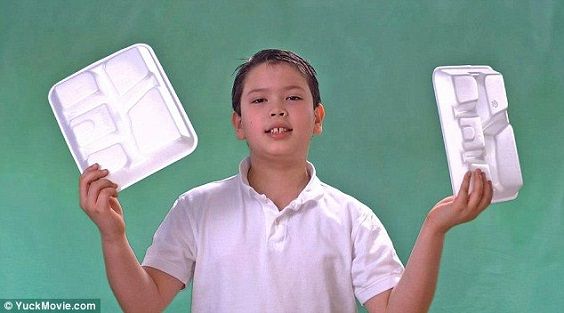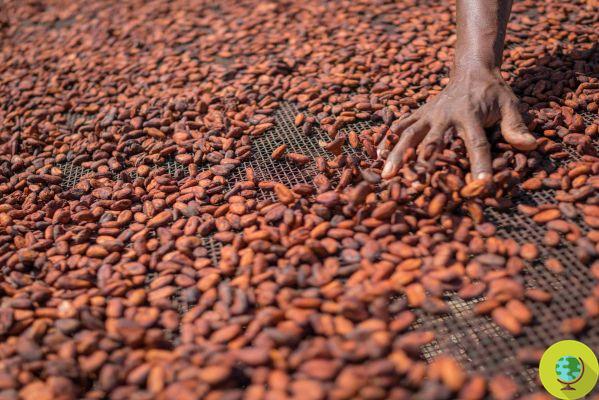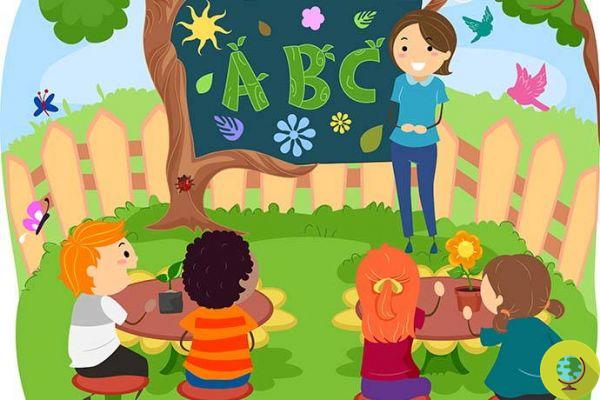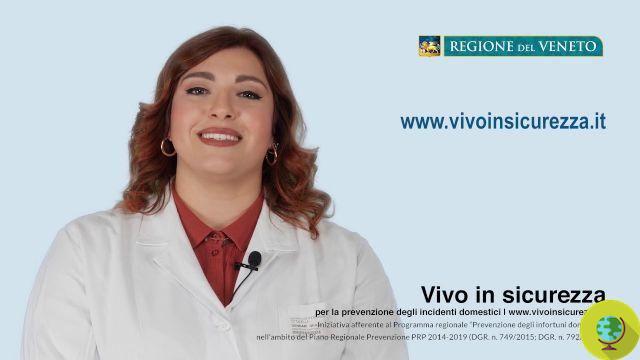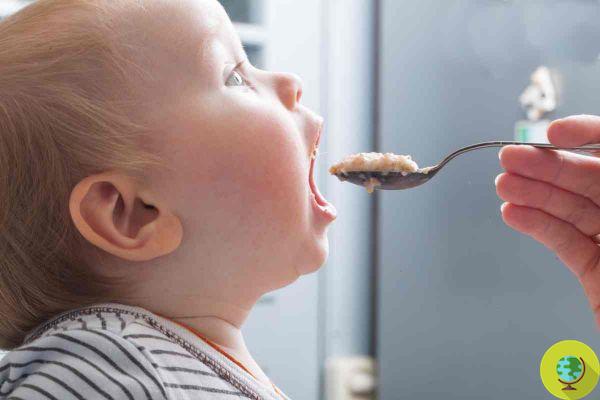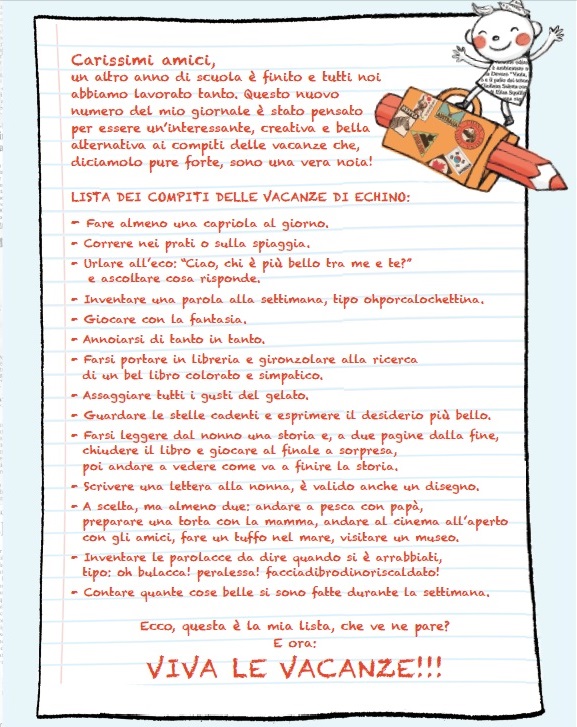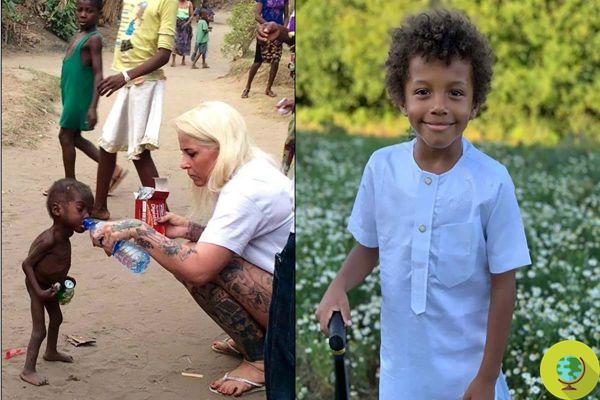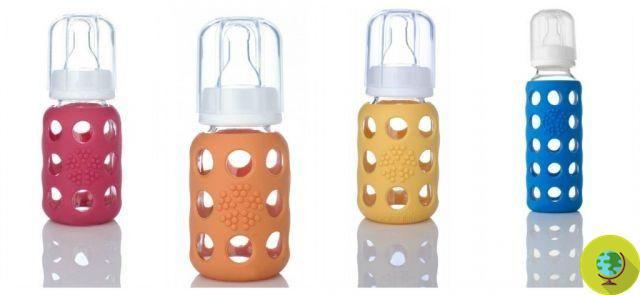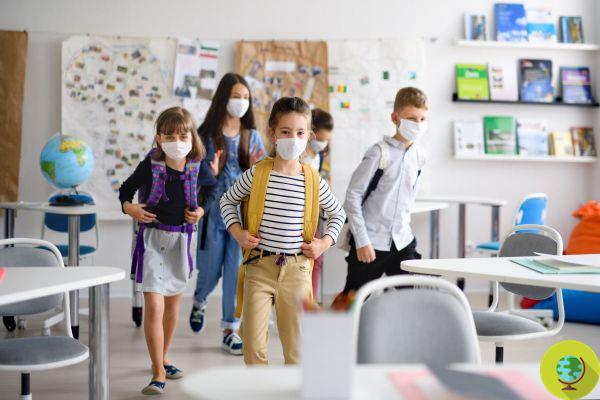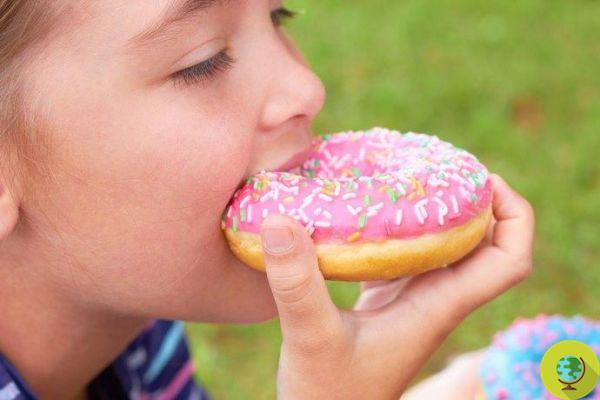
Some commonly used food additives can be health hazards for children. According to a new study conducted by American pediatricians, according to which exposure to chemicals used to package and store food must be limited
Don't store avocado like this: it's dangerous
Some commonly used food additives can be health hazards for children. According to a new study conducted by American pediatricians, according to which exposure to chemicals used to package and store food must be limited.
These are substances present in food dyes, preservatives and packaging materials, which are particularly harmful to the health of children. In light of this, doctors at the American Academy of Pediatrics (AAP) are calling for urgent reforms to limit food additives in the United States.
An increasing number of studies suggest that some additives can interfere with a baby's hormones, growth and development. Some may promote the risk of childhood obesity, the rates of which have tripled since the 70s in the US.
Overseas, the use of over 10.000 additives is allowed to preserve, package or modify the taste, appearance, texture or nutrients of food. Many were first approved during the 50s, and around 1.000 additives were used with a “generally recognized as safe” designation process that does not require Food and Drug Administration approval.
"There are critical weaknesses in the current food additive regulatory process, which does not do enough to ensure that all chemicals added to food are safe enough to be part of a family's diet," said Dr. Leonardo Trasande. , lead author of the study. "As pediatricians, we are particularly concerned about the significant gaps in data on the health effects of many of these chemicals on infants and children."
Some additives are added directly to food, while others "indirect" can include chemicals from plastics, glues, dyes, paper, cardboard and different types of coatings used for processing and packaging.
Here are the additives of more concern:
- I bisphenols, such as BPA, used to harden plastic containers and metal cans, can act as estrogen in the body and change the timing of puberty, decrease fertility, increase body fat, and affect the nervous and immune systems.
- - phthalates, which make plastics used in industrial food production more flexible, can affect male genital development, increase childhood obesity and contribute to cardiovascular disease. In 2017, the Consumer Product Safety Commission banned the use of certain phthalates in baby products such as teething rings.
- Perfluoroalkyl chemicals (PFC), used in fat-resistant paper and cardboard food packaging, can reduce immunity, birth weight and fertility. Research also shows that PFCs can affect the thyroid system, digestion, muscle control, brain development, and bone strength.
- Il perclorato, added to some food packages to control static electricity, is known to affect thyroid function, brain development and growth in early childhood.
- Artificial food colors, all too common in baby products, may be associated with more obvious symptoms of Attention Deficit / Hyperactivity Disorder (ADHD). The studies cited in the report have enough evidence to show that reducing artificial food colors from their diet mitigated ADHD symptoms.
- I nitrates / nitrites they are used to preserve food and enhance color, especially in processed and processed meats. These chemicals can interfere with the production of thyroid hormones and the blood's ability to deliver oxygen to the body. Nitrates and nitrites have also been associated with tumors of the nervous and gastrointestinal systems.
The potentially harmful effects of food additives are of particular concern to children because they are more sensitive to chemical exposures in addition to the fact that they are still growing and developing.
"Chemicals that affect the endocrine system, for example, can have lasting effects on a baby as hormones coordinate complex functions throughout the body," he said dr. Trasande.
Among its recommendations, the AAP calls for a more stringent and transparent “generally recognized as safe” designation process, with new requirements for pre-market toxicity testing and re-examination of previously approved chemicals.
How to reduce exposure to dangerous food additives
According to the doctors of the American Academy of Pediatrics it is possible to reduce exposure to these substances with small precautions, valid for both children and adults:
- buy fresh fruit and vegetables, especially at km0 and less processed meats, especially during pregnancy;
- Since heat can cause BPA and phthalates to pass from plastics to food, avoid microwaving food or beverages in plastic. If it doesn't fit, avoid putting plastic in the dishwasher:
- use alternatives to plastic, such as glass or stainless steel;
- avoid plastics with recycling codes 3 (phthalates), 6 (styrene) and 7 (bisphenols) unless they are labeled as “biobased” or “greenware”.
- wash your hands thoroughly before and after touching food and thoroughly wash fruit and vegetables to be consumed with the peel.
Small precautions that we can implement every day, right away, to remove these harmful and common substances from the table of our children.
READ also:
- 7 food additives and substances to avoid
- Food additives: what they are and the possible effects on health (VIDEO)
- 7 food additives that increase the risk of autoimmune diseases
Francesca Mancuso







